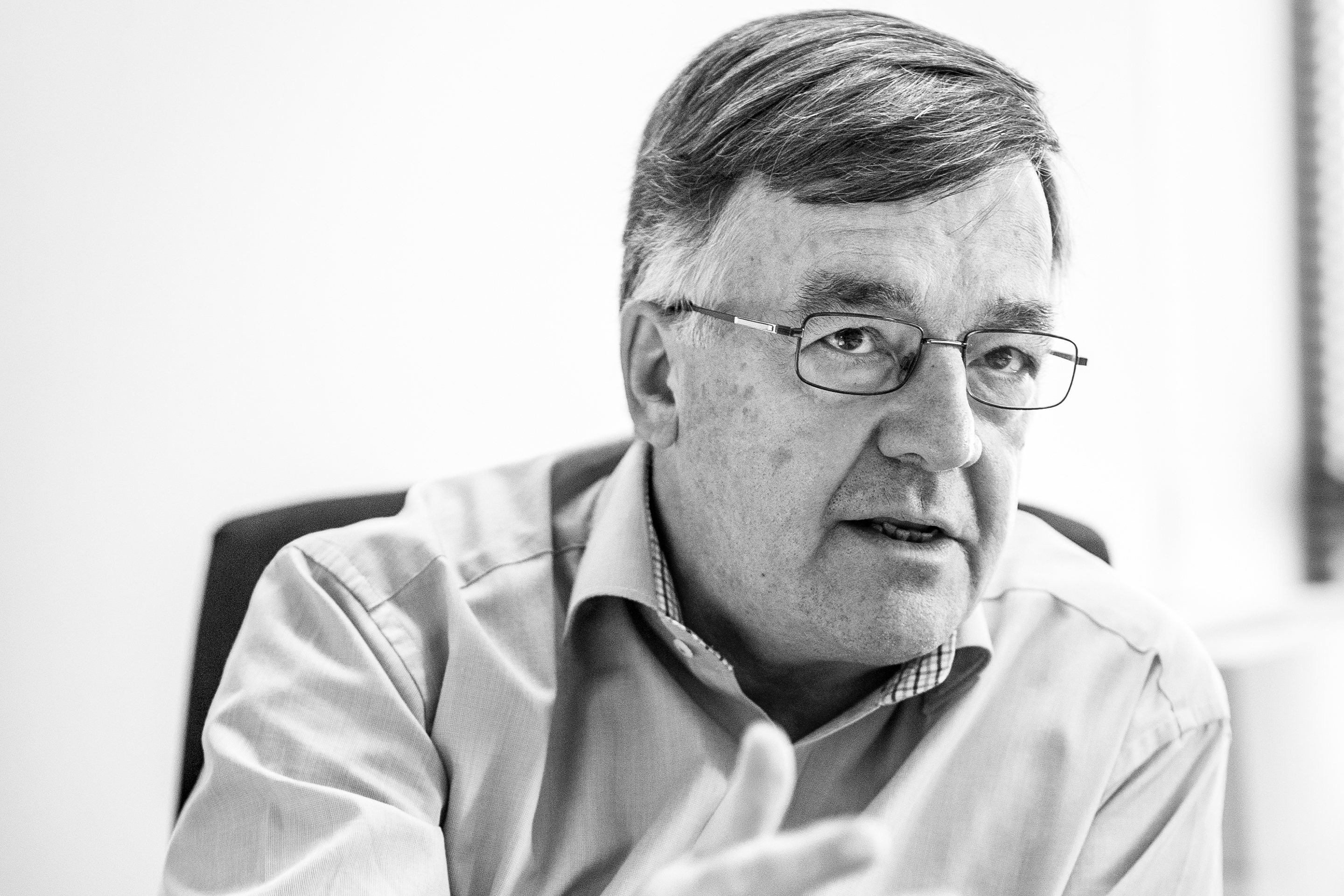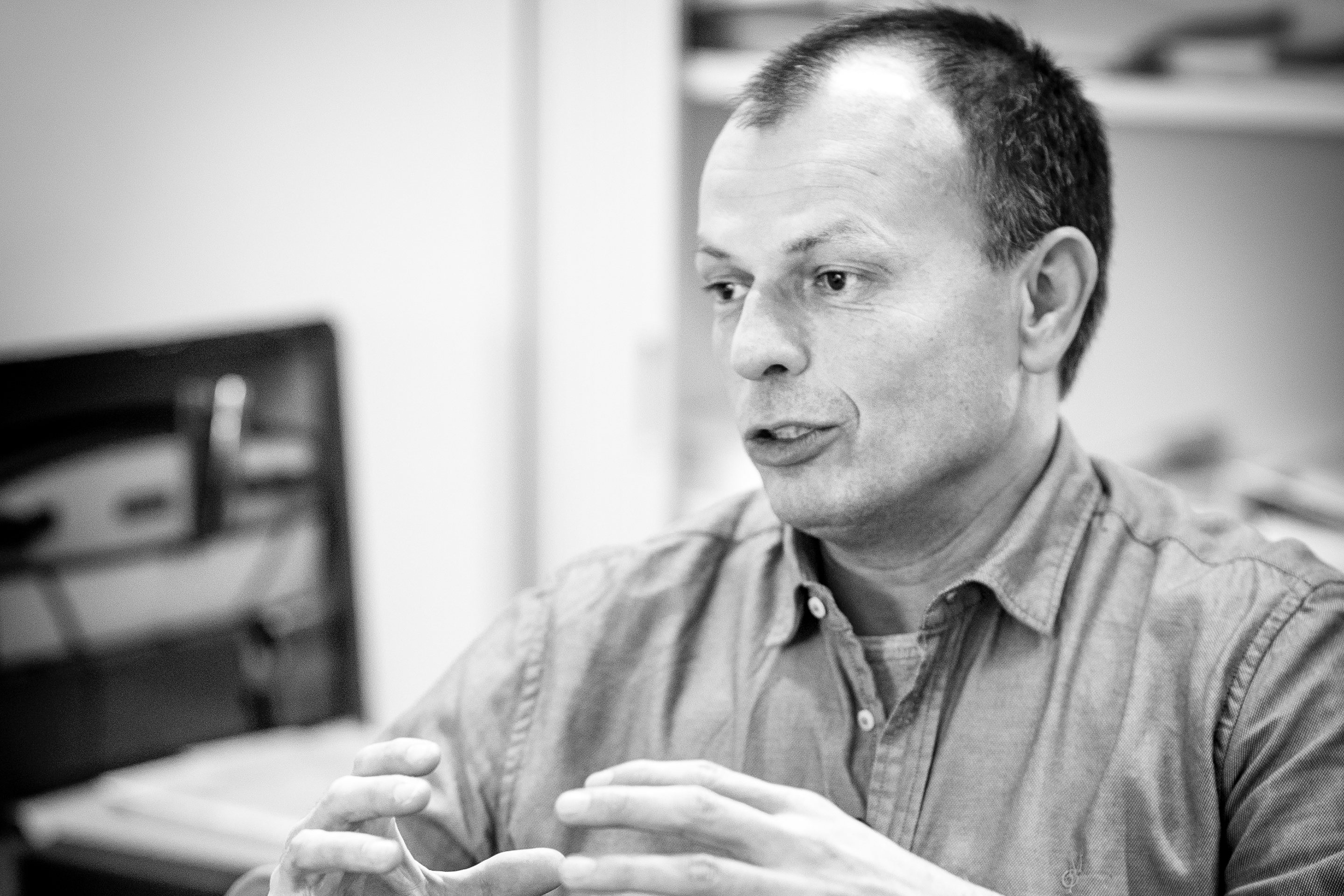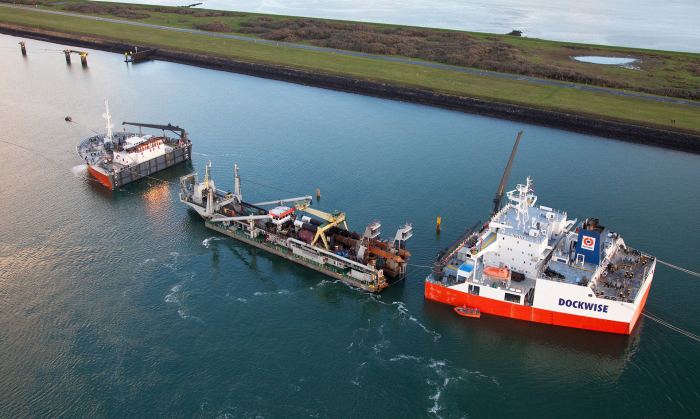Immersed tunneling expertise from Germany to Mexico
After completing the construction of a new immersed tunnel in Coatzacoalcos last year in Mexico, Boskalis is now working on the Marieholm Tunnel in the Gothenburg (Sweden). “In recent decades, Boskalis has built up impressive expertise in the field of tunnel construction,” say Jan de Reus, the Rock Department manager, and Simon Overgaauw, the manager of the project in Mexico. “As Boskalis has expanded, more opportunities have opened up.”

Jan de Reus — Rock Department manager and Simon Overgaauw — project manager
Tunnels can be built in different ways. The Channel Tunnel between France and the UK was bored; Coatzacoalcos opted for an immersed tunnel. Which factors play a role in the decision?
Simon: “The type of tunnel selected depends on a wide range of circumstances but the local soil conditions are all-important. Of course, financial considerations also matter (the longer the tunnel, the more cost-efficient a tunnel boring machine is), but local disruption and available space also need to be looked at. A bored tunnel generally takes up less space at ground level and that means less disruption for local traffic. That can be decisive, particularly when tunnels pass below city centers or busy shipping channels.” Jan adds: “Here in the Netherlands, immersed tunnels are often preferred, simply because you can dredge a trench almost everywhere in the country. In countries like Norway, the rocky soil conditions make that impossible. So it’s not surprising that more than 30 of the 50 immersed tunnels in Europe are located in the Netherlands. In many places in our country, the ground is such that boring is actually not the most obvious method. But where it is possible, this approach has been used. The tunnels under the Western Scheldt and the Noord rivers, and the railway tunnels for the High-Speed Rail Link and the Betuwe Rail Link were bored.” Simon: “Boskalis was involved in many of those projects, for example on the construction of the launch dock needed to get the boring machine to the right depth, removing and discharging the material and building the roads leading to and from the tunnel.”
As Boskalis has expanded, more opportunities have opened up
Boskalis experts are particularly experienced with the construction of immersed tunnels. How are tunnels like this built?
Jan: “Immersed tunnels are usually built to cross main waterways. The tunnel structure consists of prefabricated elements that are usually made in a building dock close to the tunnel. The separate segments are fitted out with temporary bulkheads at either end. Once the tunnel elements are ready, the dry dock is flooded and the segments are floated. After the construction site has been dredged to exactly the correct depth, the elements are moved to the right location. They are then immersed one by one and joined up. Gina and Omega seals are generally used for the joints. In short: these are rubber profiles ensuring a watertight connection between the elements. Pumping the water out of the immersion joint results in the elements being pressed firmly together by the surrounding water pressure.”


Foundations
Jan continues: “The foundations for the tunnel elements, which may consist of sand or crushed rock, are essential for the structure. In general terms, there are two methods for creating sound foundations. Sometimes, the elements are positioned on square concrete blocks and sand is pumped below them under pressure. There are numerous ‘sand flow’ systems of this kind. A method that has been used for a long time is the Christiani Nielsen approach, which involves using an L-shaped pipeline to position sand everywhere below the tunnel elements.” Simon adds: “In shorter tunnels, an approach is sometimes used that involves pumping sand through a network of pipes installed in the floor of the element. That results in a stable layer of sand 80-120 cm thick below the tunnel. However, it was decided to use gravel (crushed rock) foundations in Mexico. We deployed our fallpipe pontoon, the Scradeway (see insert) to build the gravel bed in several stages to a high degree of accuracy.” Jan continues: “The final phase of tunnel construction involves covering the tunnel elements, usually with a layer of rock approximately one and a half meters thick. This approach achieves two things: on the one hand, it backfills the dredged trench and fixes the tunnel in place (this is known as ‘locking fill’) and, on the other, the layer of rock covering the tunnel protects it from potential damage if a ship drops an anchor on top of the tunnel or drags an anchor across it.”
We are in a good position for the various major tunnel projects coming onto the market
When did Boskalis start to get involved in major tunnel projects?
Jan: “Even back in the 1960s, Boskalis was a partner in various roles in Dutch projects such as the construction of the Coen Tunnel, the IJ Tunnel, the Benelux Tunnel and the Heinenoord Tunnel. When I joined Boskalis almost 38 years ago, we were working on the construction of the Kil and Drecht Tunnels. Not long after, we were also called in to work on the construction of the Liefkenshoek Tunnel in Antwerp. Our work here included moving, positioning and immersing the tunnel elements, and foundation work using sand flow. In most of the earlier tunnel projects, the Boskalis role was limited to activities like dredging the trench, sand flow and armoring for the elements. As our company has extended its scope in recent years, our involvement in tunnel projects has also become wider. For example, we are also involved in the transport and immersion of the tunnel elements now. We were involved throughout the construction of the tunnels in Warnow in Rostock, Germany and in Coatzacoalcos, Mexico (see inset). During the construction of the Warnow Tunnel, our German subsidiary Boskalis Hirdes did all the dredging work and we were involved in the rest of the tunnel construction in a joint venture. The work on this tunnel, involving six elements near the center of Rostock, was a major project for our German company.” Simon concludes: “As a result of the extension of the scope of Boskalis activities in areas including civil infrastructure, subsea services, specialist survey work, heavy marine transport, and lifting and towage work, we are in a good position for the various major tunnel projects coming onto the market.”
